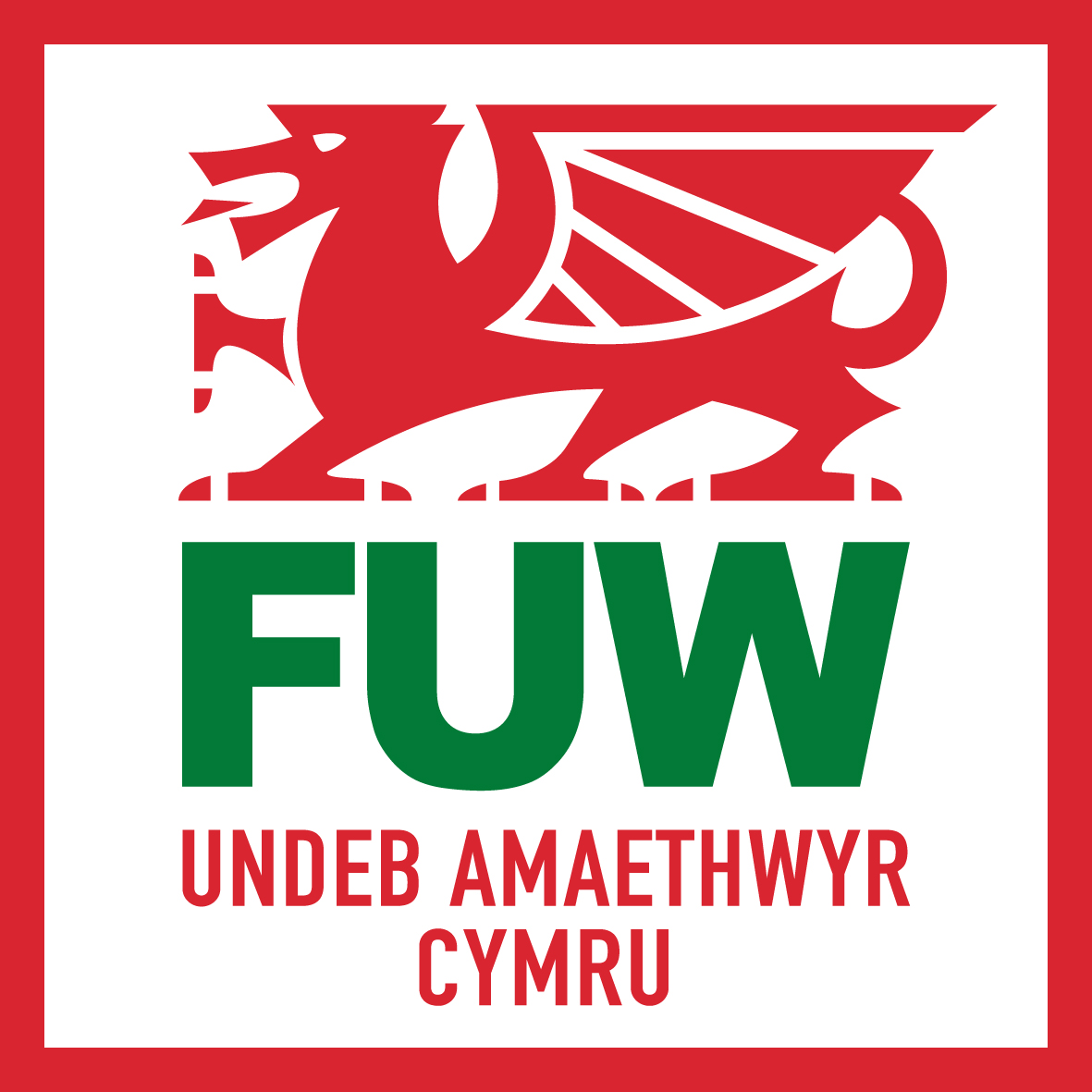It could be easily forgotten that towards the close of 2021 input costs such as the three ‘F’s’; feed, fuel and fertiliser, were already creeping up in price. However, the Russian war on Ukraine acted as a catalyst for the explosive increase in costs and the start of the rapid increase in milk prices offered by processors seen in 2022, with AHDB reporting a massive 52.9% increase in all GB milk between November 2021 and November 2022.
Processors caught on to the severe increases in milk production costs and quickly acted to increase the price paid for milk to support and sustain yields, however, last summer's drought resulted in farmers struggling to reach 2021 levels.
Production increased 2.5% over September and November compared with 2021 levels and are unlikely to see the usual winter dip in milk production. This is likely to be problematic as the spring flush will also soon hit, delivering the usual seasonal glut of milk onto the market.
Milk prices are now decreasing for the first time in two years. Coinciding with the increased milk supply in the autumn, the effects of the cost of living crisis started to take effect and diminish demand for milk and dairy products with grocery price inflation hitting record levels.
The dairy industry is essentially at the top of the roller coaster, teetering at the edge of a steep decline and a bumpy ride ahead. Projected farmgate milk prices will not provide any comfort. With continuing volatile energy prices, predictions are difficult to calculate. Some experts predict that farmgate prices could fall to between 33-38p/litre as soon as April and having already seen reports of cuts in milk prices of up to 10p/litre for March deliveries these nightmare predictions are quickly becoming a reality.
Market indicators for the factory gate value of a litre of milk have decreased reflecting processing costs for dairy products and, as expected, factory gate returns have suffered due to the eye watering increases in energy costs, labour and inflation.
UK wholesale commodity prices have fallen across the board. Butter, skimmed milk powder and mild cheddar have all seen downward trends in prices in some form or another with the bulk cream market crashing, having seen its value halve since November from £2.80kg down to £1.35kg. Weak global markets, lower European prices and high supply / low demand are putting traders off.
Globally, milk production is up 0.8% on the previous year, with the United States up 1.3% and the EU-27 up 2.1% on the previous year. In contrast, Australia and New Zealand have struggled with weather conditions and their yields are down 9.7% and 1.7% respectively.
There is however a faint glimmer of hope, as we move into the spring, all eyes will be on the Chinese market and how quickly their demand for dairy returns following the lifting of Covid-19 restrictions. Although this should not be seen as a silver bullet, demand from China may buffer producers against the lowest milk price predictions and possibly help settle the markets but there is no doubt that the dairy industry will have to endure a bumpy ride in 2023.


